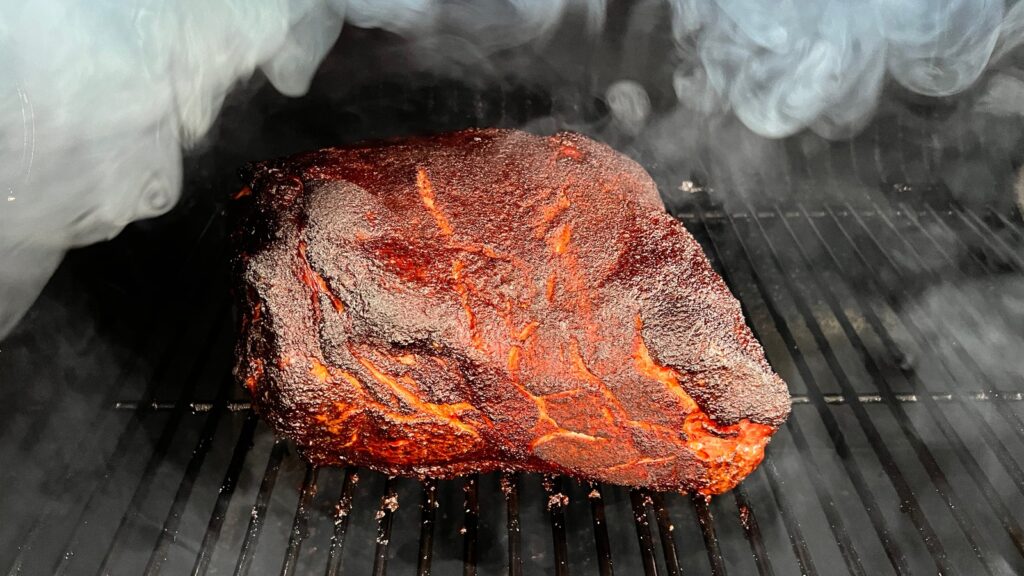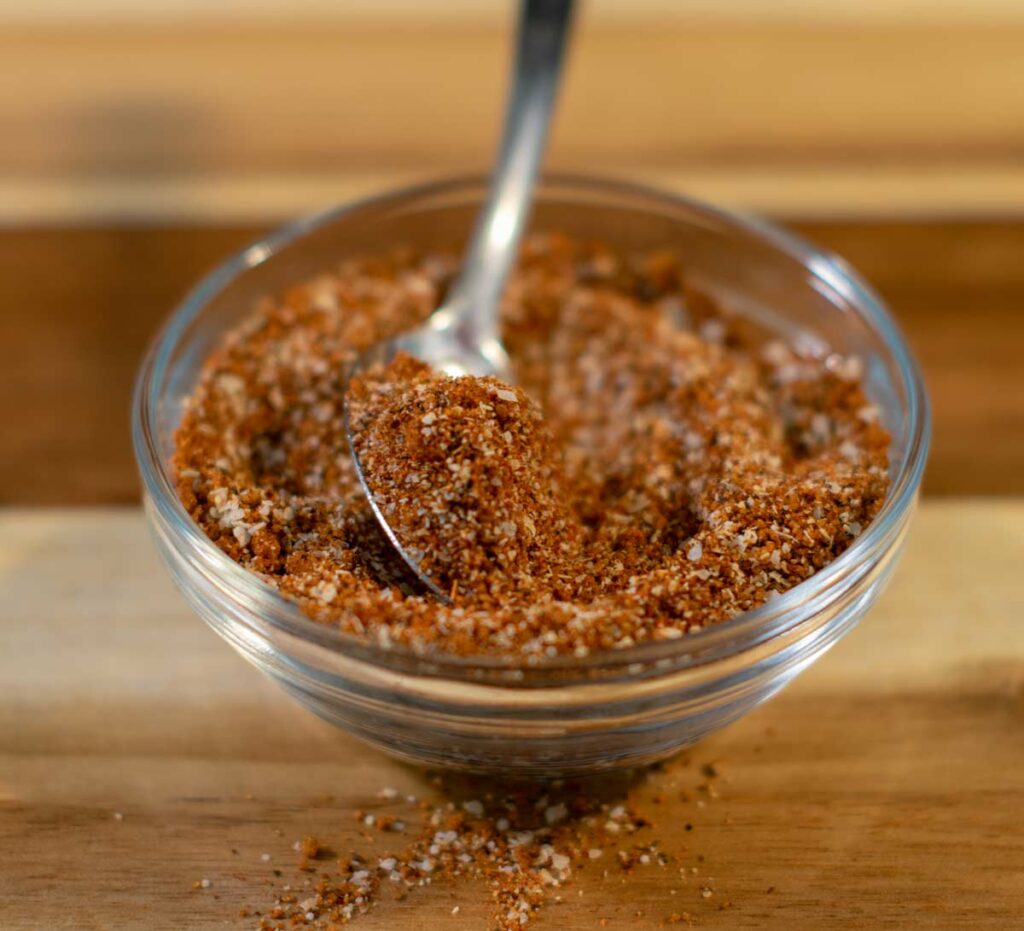Smoking meat isn’t just a modern cooking method—it’s got a history as rich and smoky as the flavors themselves. This age-old technique has been around since humans discovered fire and food preservation, making it more than just a way to prepare food but a part of human survival and culture.
At its core, smoking meat involves slow-cooking food with smoke from burning wood, giving it that unique taste and mouthwatering aroma. Imagine the tender texture of a perfectly smoked brisket or the juicy burst of flavor from smoked chicken. This process not only preserves the meat but transforms it into something incredibly delicious.
Choosing the right wood is like picking spices for a dish—it’s all about the flavor you’re chasing. Different woods offer unique flavor profiles; hickory delivers a strong, hearty taste, while fruitwoods like apple or cherry create a sweeter, more delicate flavor. It’s about experimenting and finding what tickles your taste buds best.
The chemistry behind smoking is just as fascinating as the taste. The smoke not only infuses the meat with flavor but also creates a Maillard reaction, a wonderful browning that equals maximum flavor. This process develops complex flavors, highlighting why smoked meat is such a beloved culinary art.
Smoking meat taps into a primal satisfaction of crafting something from scratch and playing around with elements like time, temperature, and rubs or marinades to create your own masterpiece. It’s not just a method—it’s an experience that connects us to past ages and cultures, teaching us patience and creativity.
Health Benefits: More Than Just Flavor

Smoking meat isn’t just about indulging your taste buds—it has some genuine health perks, too. One of the most significant benefits is the reduction in fat content. When you smoke meat, a lot of the fat drips off during the process, which can make it a healthier choice compared to something fried or heavily roasted.
Smoked meats have historically been a method of preservation, making them less likely to spoil quickly. This preservation effect means you’re not only getting great flavor but potentially reducing food waste by extending the life of your meats.
Another cool aspect is how smoking can help retain nutrients. The gentle cooking process protects vital nutrients that might otherwise get cooked away at high temperatures. Plus, smoking can create a safer eating experience by killing certain bacteria, which pairs well with modern food safety standards.
It’s pretty neat how these benefits align with traditional tastes and modern health insights. Making these choices doesn’t mean losing out on taste—actually, you’re enhancing it, along with the nutritional profile of your meal. Digging into a plate of smoked ribs or a slice of smoked turkey feels indulgent, but knowing that there’s more to it than meets the eye adds a layer of satisfaction.
So, whether you’re concerned about reducing fat intake or looking to enjoy meat that stays good for longer, smoking offers an option that aligns flavor with functionality. It’s a tasty way to keep both your taste buds and wellness goals happy.
Experience and Enjoyment: Connecting People through Food

Smoking meat is more than just science—it’s an art form that brings people together. Whether you’re in a backyard or at a community event, the act of gathering around a smoker is a social ritual that connects family, friends, and even strangers.
Creating smoked dishes often turns into a communal activity, sparking conversations and friendly debates over the best techniques and recipes. It’s a shared journey, from seasoning the meat to waiting patiently for it to cook, and finally savoring the tender, smoky results. This shared experience strengthens bonds and creates lasting memories.
Beyond the social fun, smoking meat allows you to flex your creative muscles. With endless combinations of rubs, marinades, and wood types, each smoking session is an opportunity to express personal taste. Experimentation is key, and there’s always something new to try or tweak for next time.
Real-life stories abound of folks who’ve discovered a passion for smoking meat. Some find it therapeutic, a way to unwind and lose themselves in the meticulous process, while others relish the joy of seeing others enjoy the fruits of their labor. These stories echo across cultures and backgrounds, highlighting the universal appeal and satisfaction of this culinary craft.
In this way, smoking meat becomes more than just preparing food—it’s about crafting experiences and forging connections. Whether you’re a seasoned pitmaster or just firing up the smoker for the first time, you’re stepping into a tradition rich with flavor and camaraderie.


This is a fascinating dive into the world of smoking meat! One question that comes to mind is how beginners can balance experimenting with different woods and techniques without feeling overwhelmed. With so many options, from hickory’s bold flavors to the sweeter profiles of fruitwoods like apple or cherry, it seems like finding the right combination could be intimidating at first. Are there any tried-and-true wood and meat pairings you’d recommend for those just starting out? Also, when it comes to controlling temperature and achieving the ideal Maillard reaction, what are some common pitfalls to avoid for consistent results?
Rule of thumb is Beef and pork pair well with all the woods. With poultry and seafood you want to stay away from the strong woods and stick to the milder fruit woods. My recommendation is a competition blend ( a blend of woods both strong and mild) that pairs well with everything and takes the guess work out for the beginner. For best results on controlling temperature, todays pellet smokers are digital and controlled with software making achieving the perfect temperature within a few degrees a breeze!
Hi there! This was such an enjoyable read—your passion for smoking meat really shines through!
I’m curious, what are your personal favorite wood types for smoking, and do you have a go-to meat that you always recommend for beginners? Also, how long does it usually take to master the balance between flavor and texture?
Thanks for sharing such a detailed breakdown of the process and its history. It really makes me want to fire up a smoker myself!
Roopesh
I usually go to a blend of Hickory, Oak, Maple, and Cherry wood for most of my daily smokes. When I do something like jerky I like to go to just straight Hickory or Mesquite for a bolder smoke profile!
One of the quickest and easiest smokes I find is actually a hamburg. I start at low at 150 degrees for about an hour to get some smoke in the meat then crank it up to 300 degrees to bring the burger up quickly to my favorite doneness of medium and a internal temp of 140 degrees.
Flavor and texture to me is almost a personal preference. I don’t like a super strong smoke flavor on a lot of my meat hence why I use the blend of pellets! Especially when I’m baking something in the smoker like bread or pizza or some snacks! Just a hint of smoke that changes the flavor is what I strive for!